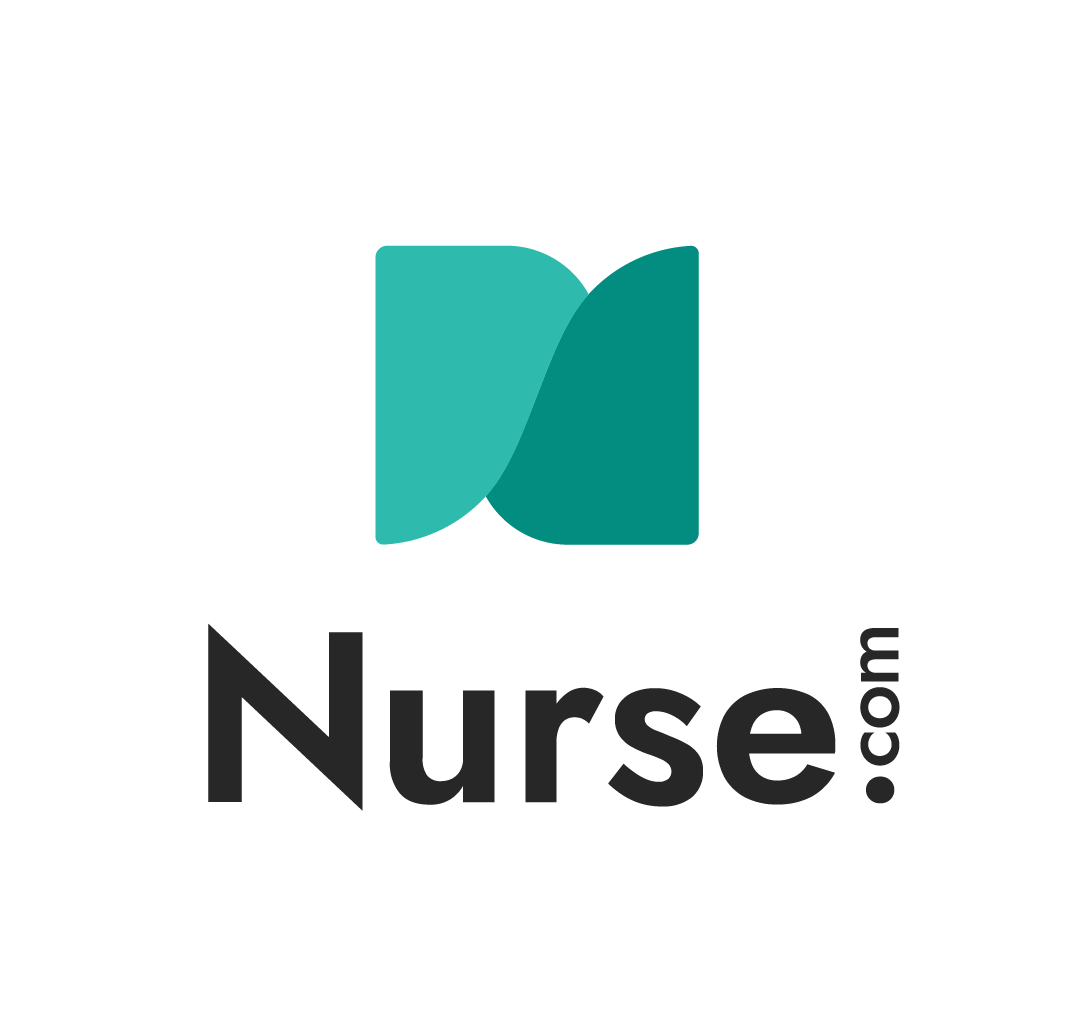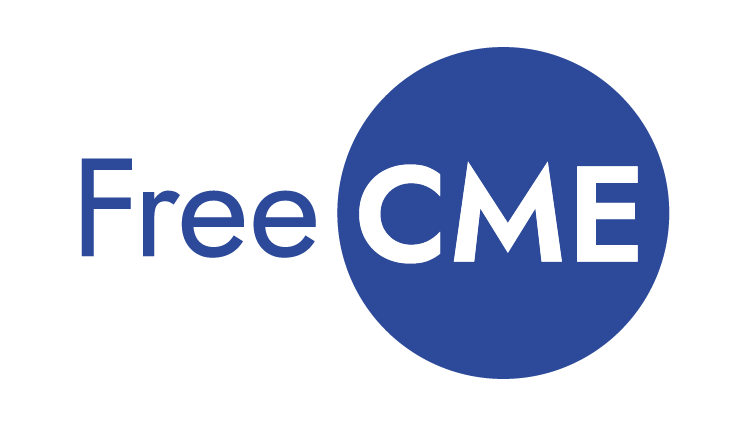CMS recently admitted they made an error in calculating physicians’ quality scores, with an unknown number of providers being paid the wrong amount as a result. As we’ve discussed previously, physician and provider burnout is a major issue in the US. Some see the evolution of value-based purchasing metrics as contributing to this rise, although many providers cite the introduction of the EHR as the main driver.
Reducing the Burden
As healthcare shifts to value-based purchasing, there are a few strategies that organizations and leaders can use to reduce the burden on providers. Some ideas to combat burnout include:
- Give employees clear roles and responsibilities
- Make sure they have what they need to thrive
- Give them constant feedback
- Let them participate in the decision-making process
Providers are driven, service-oriented individuals – and empowering them to own their performance is essential to reducing burnout, as evidenced in the suggestions above. Combining data from health records with financial data to assess their contributions to clinical and financial performance can help providers to see where their gaps are, which gives them the opportunity to adjust accordingly. Individual performance data also aligns physicians and care teams with their outcomes, and can enable them to collaborate on what is preventing them from providing optimal care.
Delivering that data in an easy-to-use format is an essential component of enabling providers to own their data. Adding another complex solution to their busy workflow will decrease adoption and discourage teams from using their data to discover where improvement efforts should be focused. Insights should also determine where continued education hours are spent once key initiatives are agreed upon.
Owning both the input and output of their data also ensures providers can defend their performance against such mishaps as the MIPS payment adjustment calculation. Rather than allowing reimbursements to be a source of additional stress, data can and should be used to deliver better outcomes for providers and patients.






